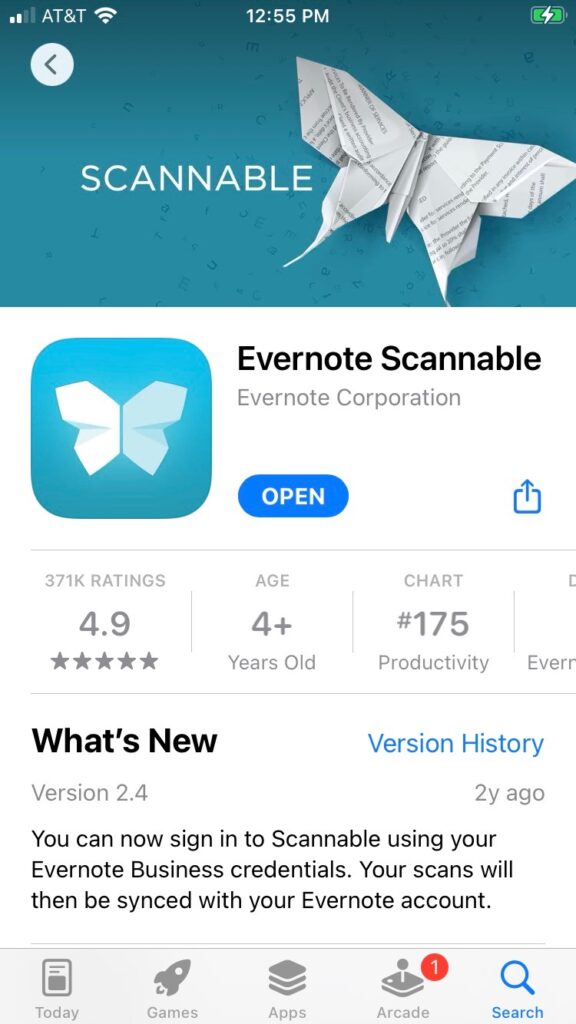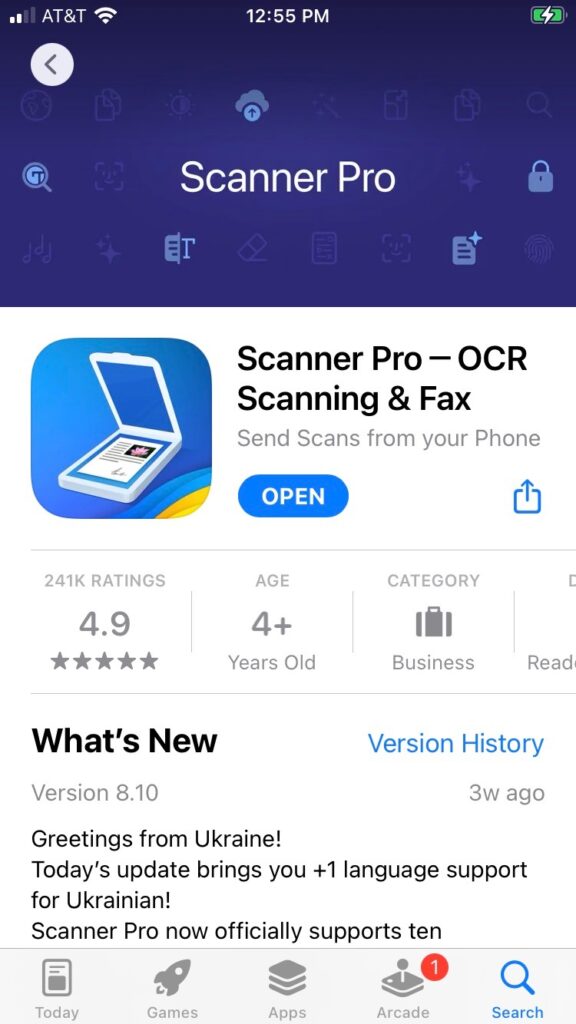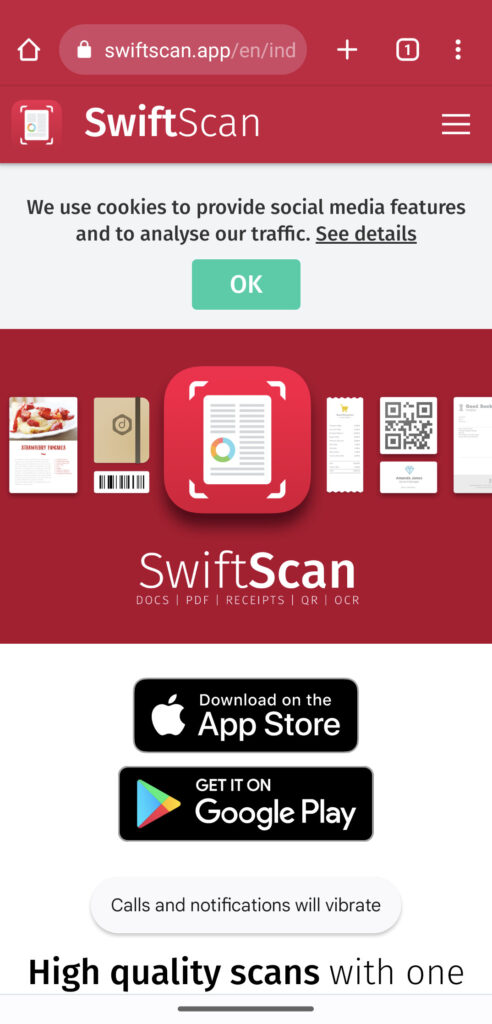Have you ever bought something at the store only to realize later that you didn’t take a picture of the receipt? Or maybe you forgot to write down that recipe from last night’s dinner party? With cloud storage, you can eliminate these problems and prevent data losses. Learn how to get organized and save time with our ultimate guide to going paperless!
Are you ready to go paperless? Are you tired of printing out email and documents, or printing out your photos, recipes, or other important information? If yes, then you’ve come to the right place! In this course, we’ll teach you how to go paperless, from setting up e-mail accounts to creating calendars and organizing your files.
It’s no secret that the way we communicate has changed dramatically over the years, and it’s changing even faster now. As we move into the future, it’s essential to evolve with the times. Go paperless and discover what the future holds!
Disclosure: This page may contain affiliate links that, if you complete a purchase through our links, we may earn a commission at no cost to you. Please review our Disclaimer page for more information.
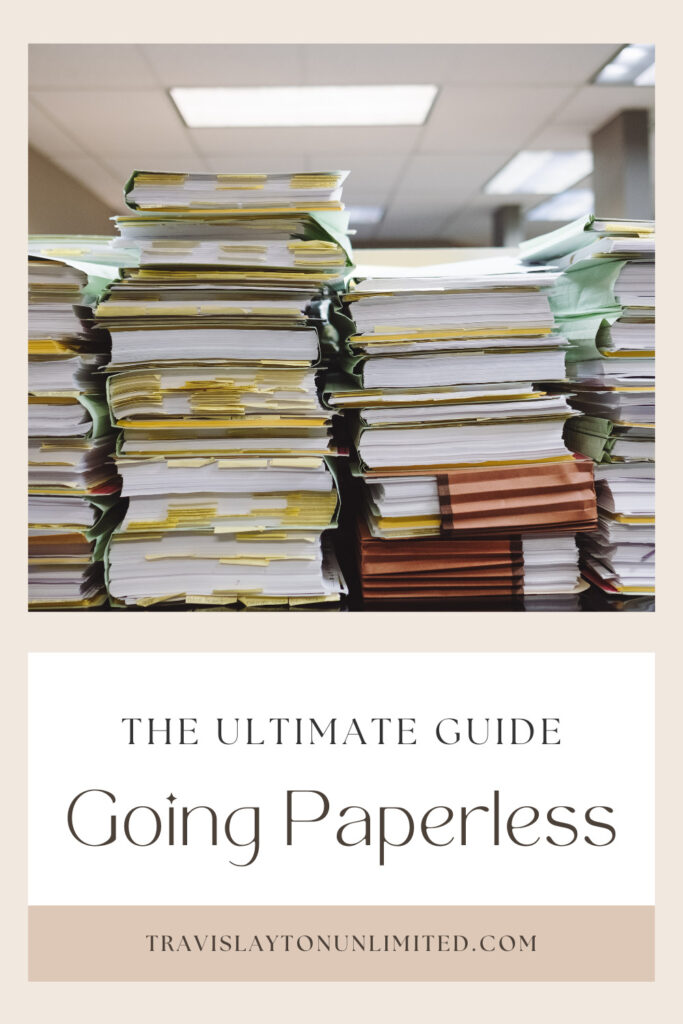
What does Going Paperless really mean?
The term paperless has become very common these days. People are moving towards using electronic documents instead of printed ones. In fact, some companies even encourage their employees to use e-mail to communicate with each other.
Going paperless means that you no longer need to print out documents or save them in folders. Instead, you can access them from anywhere at anytime. This saves time and energy, especially when you are working remotely.
How do you go paperless?
Going paperless has become a trend these days. People are moving away from using paper documents and opting for electronic ones instead. The question is, how do you go paperless without compromising on quality?
In today’s modern world, people are becoming more reliant on computers and smartphones. This means they rely less on paper documents. They also prefer to store information digitally rather than physically.
Going paperless is a great way to save time and energy. There are several ways to go paperless. One of them is to use cloud storage services such as Evernote, Dropbox or Google Drive. Another option is to scan and convert old documents into PDF format or other type of digital file and store them on flash drive, external harddrive, and computer or laptop.
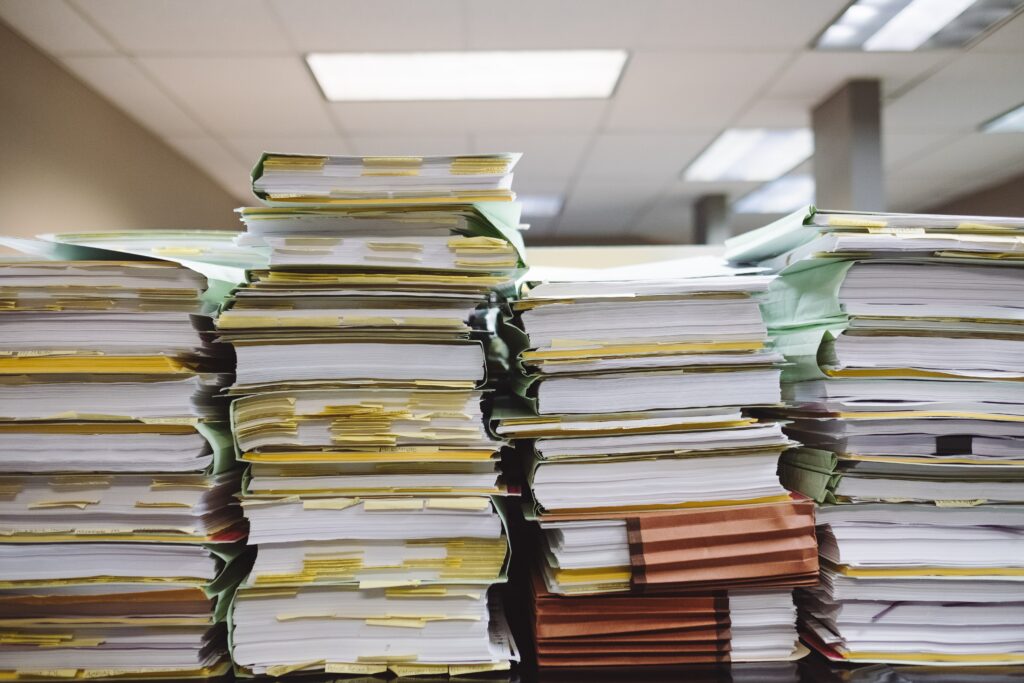
Why go paperless?
Here are a few reasons why you should go paperless:
- It’s safe and secure: Keeping your statements safe and secure behind a username and password. It is also secure if you you have multifactor authentication enabled.
- Declutter: Keep your office and mailbox clean and free of clutter.
The tools needed for going paperless.
To go paperless, you essentially need two things: a scanning device of some kind, and a place to keep the data that are generated by the scanning device.
Scanning devices
A scanning device could be an actual scanner or mobile phone capable of taking high resolution photos.
Mobile Device
A mobile device, Android or iOS, armed with a scanning app. The best Mobile device to use would be a smart phone capable of taking high resolution photos.
Mobile Apps
Having a mobile app in your aersonal for going paperless is not only great its conveinet as well. With a mobile app you can go paperless while on the go by scanning reciepts, scan a utility bill, invoices, etc.
Here are some helpful tips when choosing a mobile app:
- Usefulness: Is it quick? Is it convient
- Provide high quality images and scans
- Ability to apply OCR to document
- allow custom naming conventions
- Can upload to your storage method of choice: Network storage device, Google Drive, Evernote, Microsoft OneNote, etc.
Scanner Pro
Only available for iPhone and iPad.
Can save to Dropbox, iCloud Drive, Microsoft OneDrive, Evernote, Box, Google Drive.
Install Scanner Pro from the Apple Store.
SwiftScan
Available for Android and iOS.
You can save to PDF, email, print, fax, internal storage without a subscription.
When you purchase a subscription you unlock the ability to save to Dropbox, Google Drive, OneDrive, Box, Yandex.disk, WebDAV, MagentaCloud, nextcloud, ownCloud, OneNote, OneNote for business, OneDrive for business, FTP/FTPS/SFTP, image.
Click here to install SwiftScan from Apple Store.
Click here to install SwiftScan fron Google Play Store.
Genius Scan
Adobe Scan
Scanner
Using a scanner attached to a PC or Laptop is great if you want to tackle a large pile of documents. The best scanner to use would be a document scanner. A document scanner is capable of scanning large documents saving you time and money. Also a document scanner has the ability to auto feed documents, have specialized software to save, apply OCR, and more.
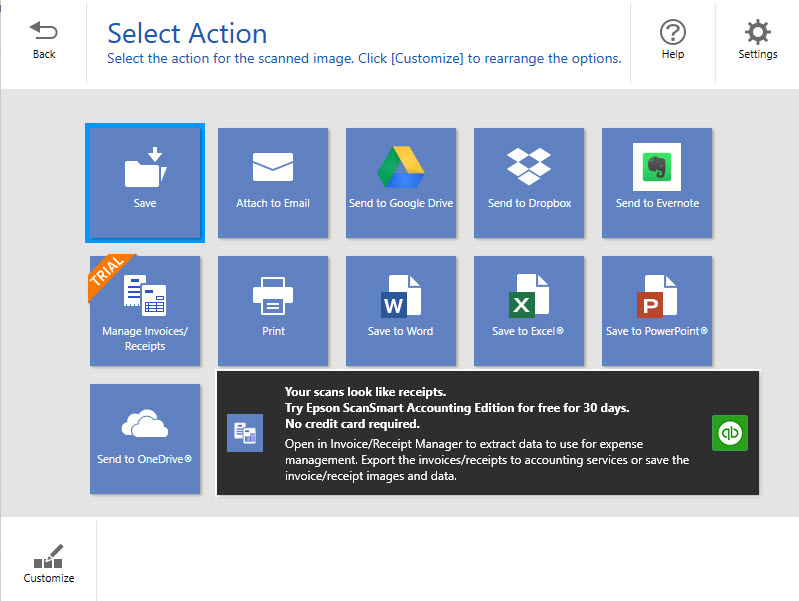
I recommend using a good document scanner. It allows you to scan multiple pages at once, front and back are scanned at the same time, the software that comes may include saving to different locations and formats, you can also scan any document of any size.
Places to store your files
Where should you store your important documents? There are several options out there, such as Google Drive, Dropbox, OneDrive, Box, iCloud, etc. Which one is the best?
There are many ways to store your files, from cloud storage services to file sharing platforms. Each has its pros and cons, and choosing the right option depends on the type of data you want to store, where you intend to access it, and who will be using it. You can store files on a thumbdrive or flashdrive, computer or laptop, external harddrive.
The method you choose should depend on your needs and your budget.
Online File Sharing
There are various types of online file sharing services, such as Evernote, Dropbox, Box, Google Drive, OneDrive, etc. These services allow you to store and access files from anywhere using a web browser or mobile apps.
With these services, you don’t have to worry about backing up your data. When you upload files to the cloud, they’ll automatically sync across multiple devices. This helps you save time and energy. Also, these services are completely secure because they encrypt your data before sending them to their servers.
Evernote
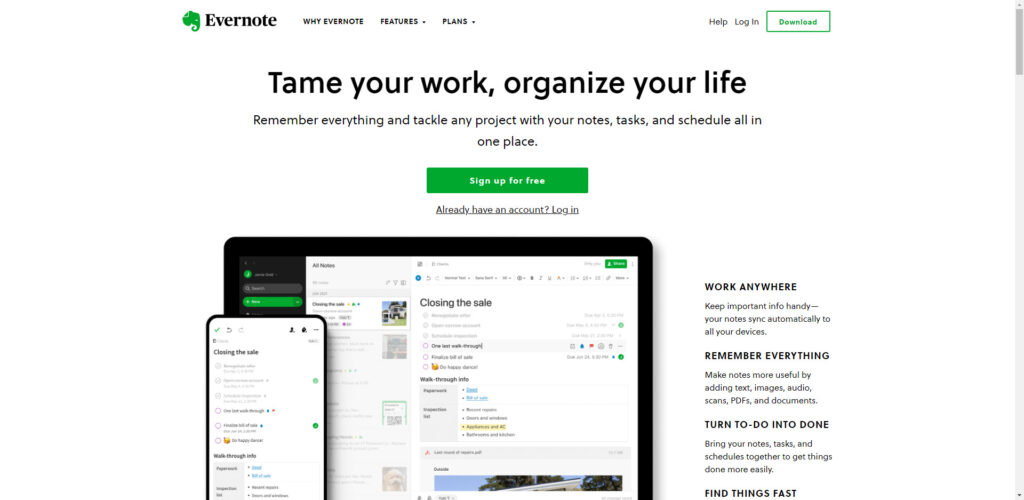
Google Drive
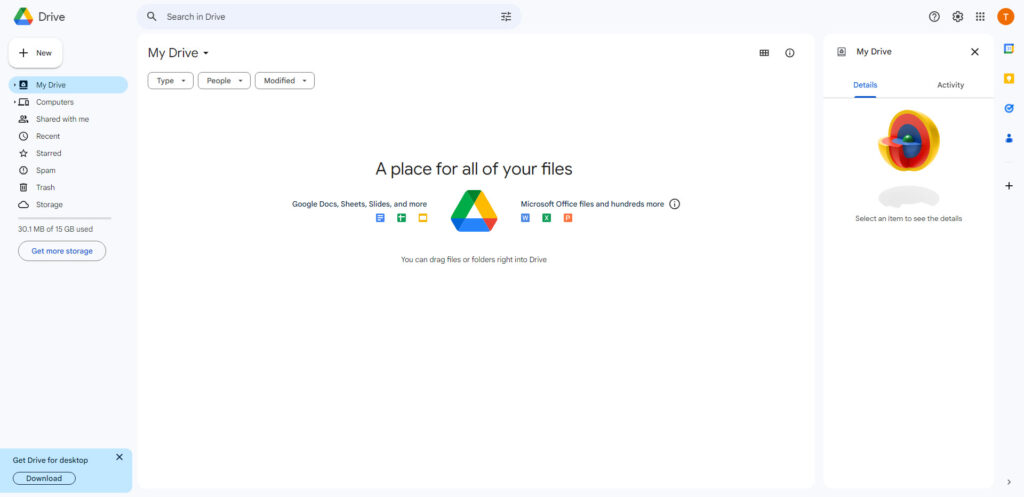
External Harddrive
External hard drives can be used as network drives or for system backups and contain a lot of storage space.
Because they are portable, external hard drives are fantastic. You can buy at any significant retailer.
Thumbdrive or Flashdrive
Flashdrives or thumbdrive are extremely portable, you can put them in your pocket, purse, backpack. You can find them pretty much anywhere. Can be accessible in any desktop computer or laptop with a USB port.
Desktop Computer
A desktop computer is a piece of technology made to sit on top of an ordinary office desk. It links to input devices like the monitor, keyboard, and mouse that users use to interact with a computer’s actual hardware.
Desktop computers are available at any major retailer, and not very portable.
Laptop
A laptop computer, which manufacturers sometimes occasionally refer to as a notebook computer, is a battery- or AC-powered personal computer that is typically smaller than a briefcase and designed to be taken and used in transitory settings like aircraft, libraries, temporary workplaces, and meetings.
Laptop computers are available at any major retailer, and are very portable.
How to organize your documents
There are many ways to organize your documents.
Here are some ideas to get you started:
- Sort by Year. Make folders for each year and file into them.
- Sort by month. Make folders for each month.
- Sort by bill type. Make folders for each bill you recieve.
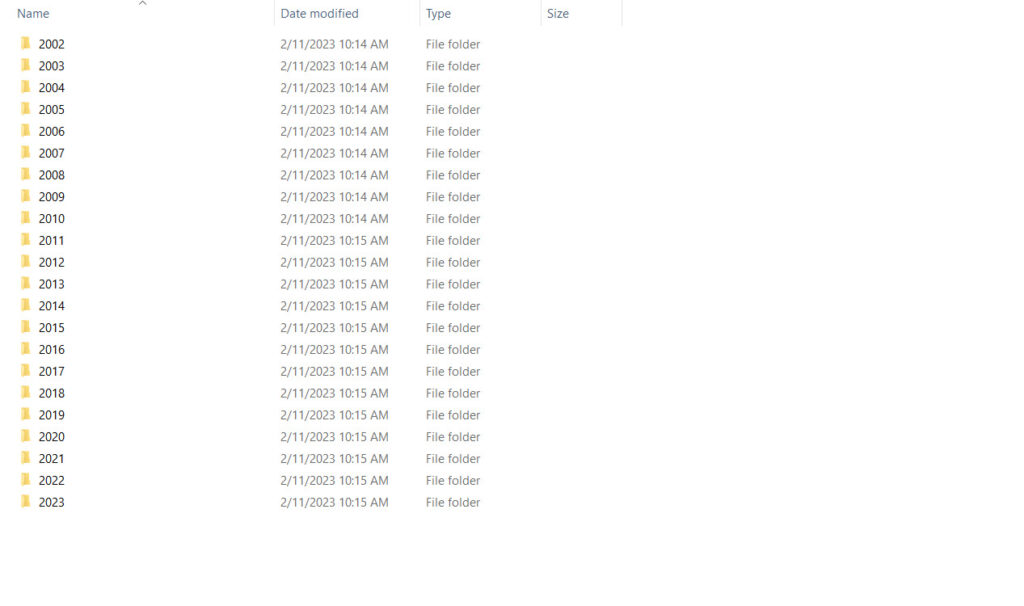
Decide on your naming convention
It is important to come up with a naming convention that works best for you. It should make sense to you as well as what the document is.
Here are a few tips to help:
- Name by bill type. Name the file what exactly it is. For example, Water Bill.pdf
- Add in the date. You will want to add the date somewhere in the name. For example, Water Bill January 2022.pdf.
- Add the statement period. It you have a bank statement add the period for that statement. For example, Bank Statement 06-12-2022-07-12-2022.pdf.
- Add the statement name. What bank is it from? What is the company? For example, Bank of America Statement 06-12-2022-07-12-2022.pdf
- Add the type. Is it an invoice, receipt, quote, packing slip, etc. i.e. Invoice January 2022.pdf or Invoice HVAC service February 2022.pdf
Having a good naming convention can save you time late when you to review a document. Makes it easy to find and know what it is.
Tips for Going Paperless at home
1. Opt-out of junk mail lists and catalogs. I signed up DMA choice several years ago to get the mail that comes to my house under control. Now I get very little junk mail and catalogs. Another site you can sign up with is Catalog Choice. Catalog Choice allows you to pick and choose which catelogs you want to cancel.
2. Opt-out of credit card offers and insurance. I signed up with OptOutPrescreen.com when I signed up with DMA Choice. OptOutPrescreen.com allows you Opt-In or Opt-Out of credit offers and insurance. You Opt-Out online or by mail, I recommend signing up online. OptOutPrescreen lets you Opt-Out permanently or for 5 years.
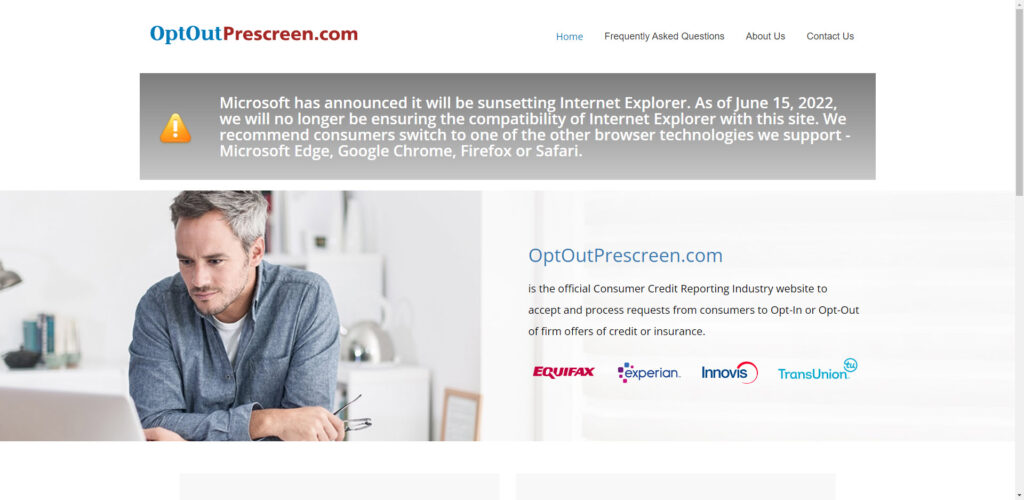
3. Sign up for E-Statements. These days just about all credit card companies, banks, ultitity companies offers an E-Statement option. When you sign up for E-Statements, you get notified by email of a new statement. E-Statements usually take effect on your new statement.
4. Pay your bills online. Many banks or credit union offers a service to pay bills through your bank right from your customer portal. You can also pay your cable, phone, internet, utility directly from the companies website. You may also want to explore the idea of Automatic Bill Pay and have your bills paid automatically without having to login or think about it.
5. Start digitizing the documents you do have. Scanning your documents can save you space and reduce clutter.
6. Using Mobile Apps Can Help You Go Paperless By Providing An Easier Way To Manage Documents And Communications
Mobile phones are no longer just pieces of electronics that you carry around with you. Today, smartphones and tablets can run a wide array of sophisticated apps and programs that allow you to manage your day-to-day tasks without having to resort to pen and paper. In addition, mobile apps can provide you with secure online storage spaces where you can store documents, images, and even personal information.
Read More — Check out my article on the Best Apps and Sites for Going Paperless.
7. Rethink the way you recieve subscriptions. Nowanddays you can get magazines, newspapers on your phone or table by logging into an app.
8. Ask yourself if you really need to print next time you go to print. Instead of printing save as a PDF and store it digitally.
9. Use or purchase an E-Reader. An E-Reader can save you a ton a space. By having an E-Reader you can keep all your books, magazines, newspapers all in one place.
Tips for Going Paperless at Work
1. Tips for Going Paperless at worTips for Going Paperless at workReplace paper, or physical copies with a cloud based copy. Leveraging a cloud based service such as Google Drive, Sharepoint, Dropbox, Box will store your documents and share them with you co-workers.
2. Theres an app for that. Theres is an app for just about anything these days. By utilizing an app such as asana to trello for project management, Slack or teams for communications, Evernote or OneNote for note taking.
3. Do you need signatures for an order or contract? Try an online service like DocuSign for all signing needs. DocuSign allows to sign any document with a digital signature. With DocuSign you can eliminate the need to print, sign, scan, store the document. After a document is signed you download it as a PDF and store it digitally also allowing secure access anytime, anywhere.
4. The finance department can be tricky to move into the digital era. Printed order forms, invoices, bills, bank statements, agreements, checks can waste a lot of paper. Having these items in paper form can open the door to damage, whether its fire or water, threat to company security, left or misplaced around your home or office, or even lost. To embrance the digital era and move to a cloud based system for your invoicing, tracking, etc. A few examples for online systems are square, FreshBooks, xero.
5. Reconsider your marketing strategy. Think of ways you can market your company without using paper. Things to consider are email campaigns, blog posts, social media, ebooks, videos, digital ads are all proven ways to market your company.
6. Invest in high quality office supplies and avoid buying supplies that don’t last. Instead concentrate on reuseable, recycled items that do last. Inventory your supply closet to prevent over ordering or even under ordering.
What shouldn’t go paperless?
At this point, you probably have a few documents to scan and store in your “digital file cabinet”. You are probably wondering what to do with your Social Security Card, marriage license, passport, etc. I have listed below some documents that I recommend shouldn’t go paperless and file in your digital file cabinet instead file in a fireproof safe.
- Social Security Card
- Marriage License
- Property Deed
- Titles (Vehicle, Boat, RV, etc)
- Scan of your actual credit card
- Insurance policy
- Life Insurance Policy
- Birth Certificate
- Passport
- Passwords
- Tax Documents
- Medical Records
- Estate Planning Documents
Reduce your paper waste and make a difference by getting started to go paperless.
Going Paperless Step by Step
Getting Started Going Paperless
Need help getting started? Not sure where to start? Here are some ideas to help you get started going paperless right now.
Credit Card Statements
Credit card statements is a good place to start going paperless. Why? They come every month and are a few pages long.
Go Paperless with your Discover Card Statement
When you enroll in paperless statements with Discover you will get notified when statements are available, view and download statements up to 7 years back. You must have a Discover online account to enroll.
Go Paperless with your Bank Statements
Bank statements are another good place to start going paperless. Whay are bank statements a good place to start? They come every month and they can be 5-10 pages depending your bank, account type, and use.
I have listed a few links to major banks:
Step 1: Gather your documents you want to go paperless
First step is to gather all the documents you want to have access to later. Doing this will help you stay organized while you are scanning you documents.
You may also want to organize your documents by category or type.
Investing in some paperclips or binder clips can help keep things together.
Step 2: Go Paperless and Scan and capture your documents
The next step for going paperless is the scan and capture process. This is the step where physical meets digital.
You will want scan your documents with a document scanner and save as PDF with OCR. If you dont have a document scanner your can use an app on your smart phone and also save those as a PDF with OCR as well.
Step 3: Organize your documents
After you have scanned a few documents it is a good idea now to take a minute and organize your documents on your storage method you have chosen(Google Drive, Evernote, Microsoft OneNote, External Harddrive, Thumbdrive).
How do you want to Organize your documents? You will ofcourse want a system that works best for you. I think the best place to start is by the year. Then you can break it down by month if you want or category (i.e water bills, insurance, bank statements). How ever you want to do it is up to you.
Step 4: Access your documents for access later
Access to your documents depends on the storage method you chose. Do you want access to it later and how do you want to access it.
If you chose to store your documents online. Set up strong passwords and enable multifactor authentication. Share your account anyone who needs access such as a spouse or account.
Step 5: Secure your documents that went paperless
This step is important because you don’t want anyone to have access to your documents.
If you chose a external hard drive or thumbdrive, look into getting one that has built in encryption or make sure you have a fireproof safe.
Step 6: Backup your documents
Once you have everything saved scanned, organized and saved you may want to have it backed up. whether you want it backed up daily, weekly, or monthly is up to you. This can help you later if something is accidently deleted.
Step 7: Purge and Destroy your paper documents
After you have scanned , saved, and verified your back up it is now time to purge and detroy your paper documents.
You do not want to just throw it in the trash or recycle bin without securely destroying it first. This could be your bank statements, anything with your SSN on it like a tax document.
To securely destroy your documents you want use a paper shredder that will cut the paper into smal pieces or drop them in the fire pit.
Here is a paper shredder I recommend:
Step 8: Stay on the path of going paperless
By now you should be 99.9% paperless. You want to stay that way. Here are a few ideas to help you stay paperless:
Why put it off and put it a pile somewhere. Scan or capture documents once you get them. Organize and save it. Make sure its backed up. Then shred or destroy it.
